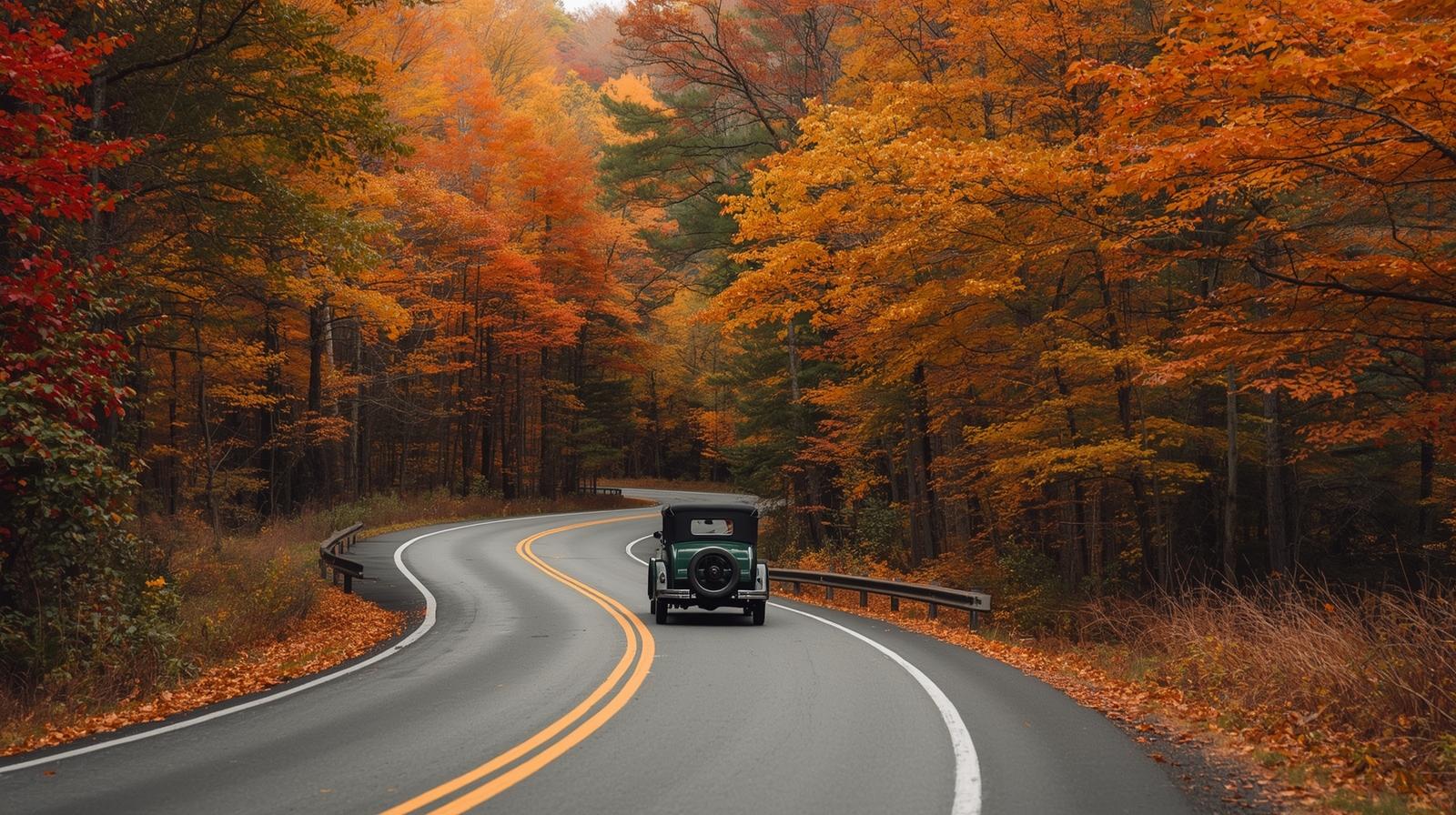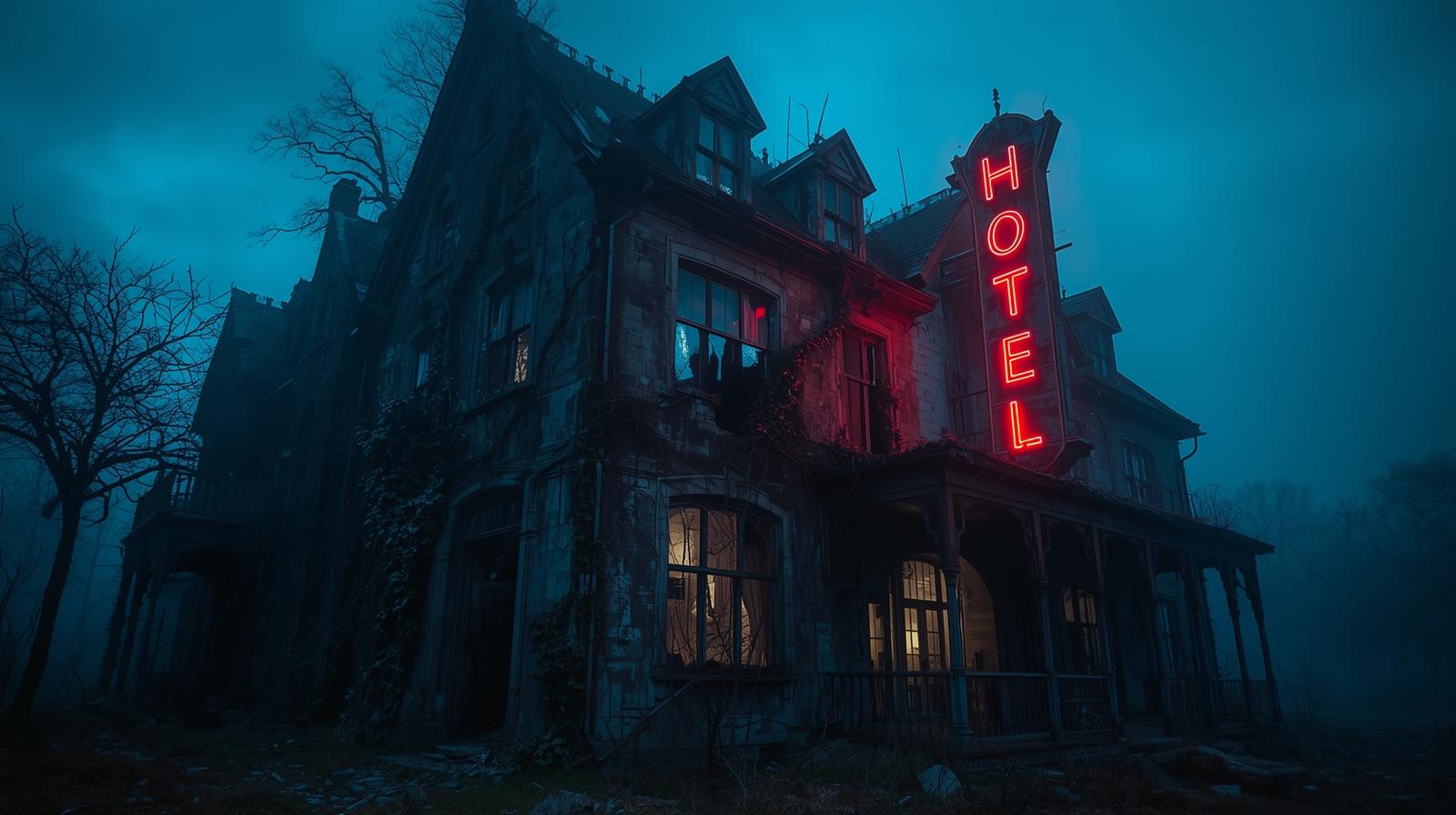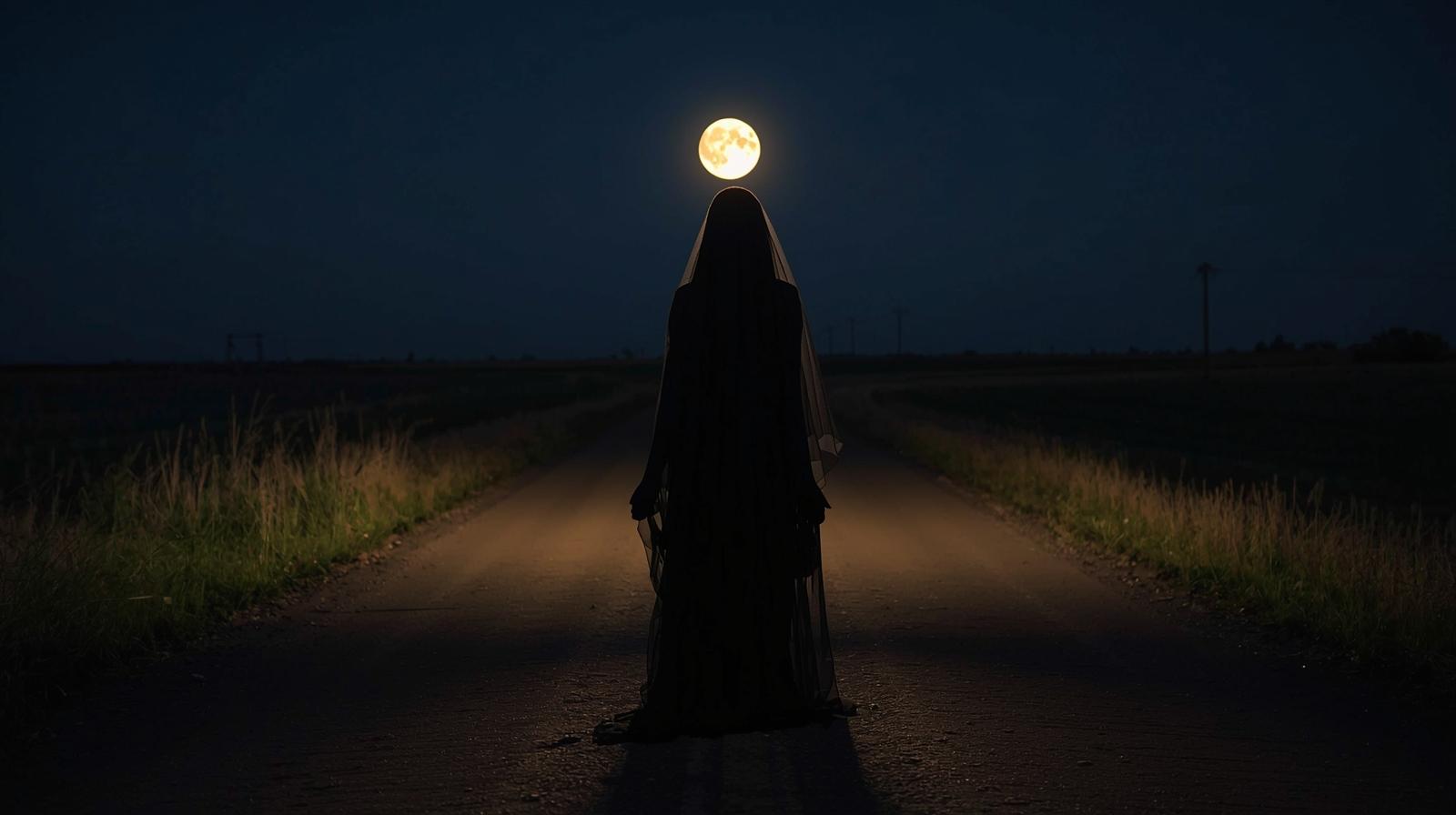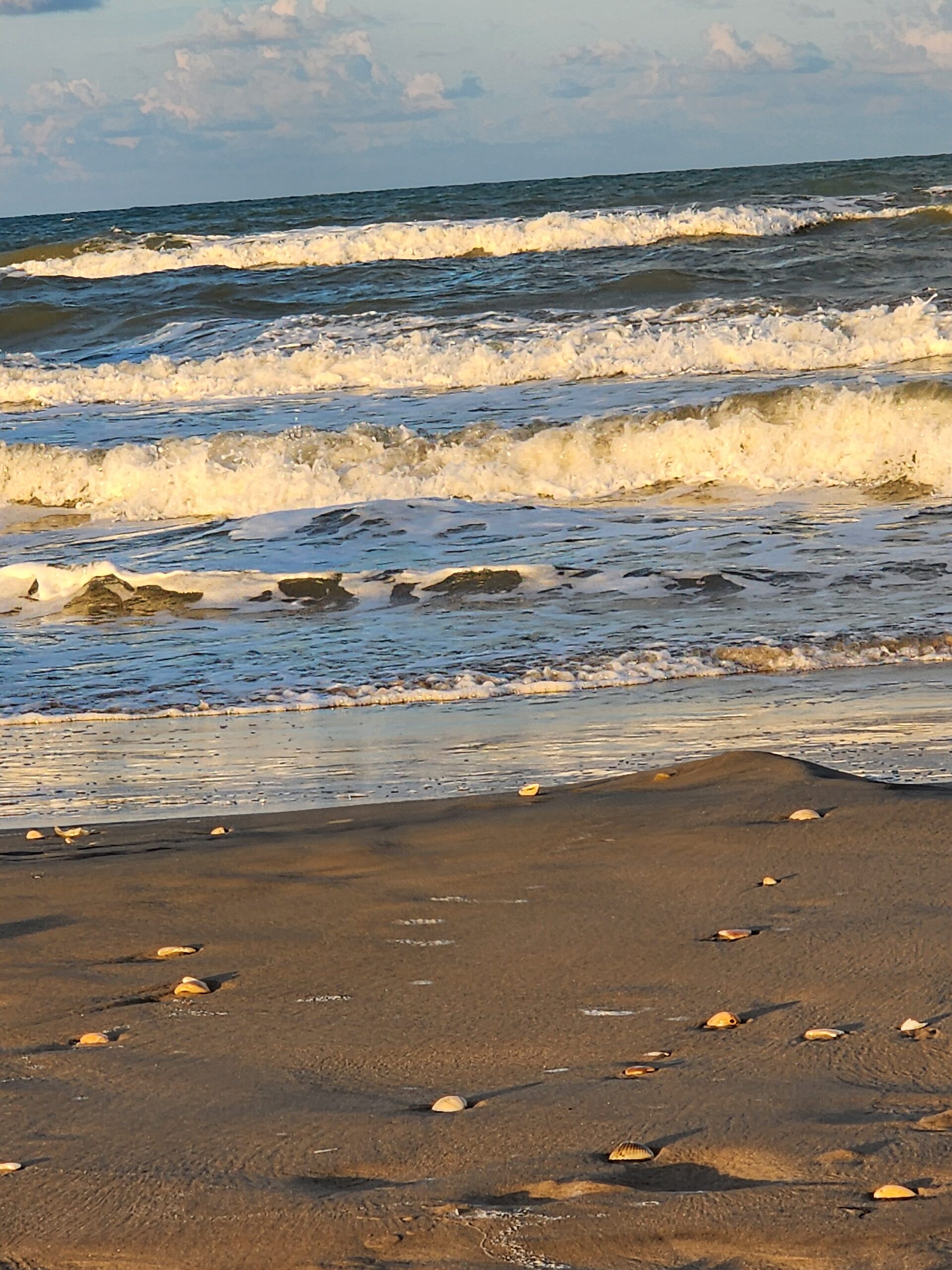
Thanksgiving sneaks up fast every year, and with it comes the same old routine. But there’s something downright magical about shaking things up and hopping in the car for a holiday road trip. If you’ve never tried it, this is one tradition worth starting—one that mixes adventure, family time, and a whole lot of memory-making.
Why Thanksgiving Makes the Perfect Road Trip Weekend
Thanksgiving gives you a rare blend of time off, cooler temps, and beautiful scenery. The roads may be busy, but the energy feels festive. Town squares glow with early holiday lights, diners serve warm comfort food, and small towns you’d normally pass through suddenly feel like part of the adventure.
A Thanksgiving road trip lets you skip the chaos of hosting—or escape it. You get the freedom to wander without a strict schedule, explore places you’ve always talked about visiting, or find a cozy spot to relax far away from your everyday noise.
What Makes the Tradition So Special
The moment you turn on the ignition, everything slows down. Conversations get deeper. The scenery feels richer. Even the silence hits different. Whether it’s you and Santiago cruising with the music low or the whole crew piled in, a Thanksgiving road trip brings out the kind of connection that’s hard to recreate at home.
Plus, you get to enjoy Thanksgiving food without cooking all day. Plenty of restaurants, small-town cafés, and roadside gems serve holiday meals. Some offer buffet-style spreads, while others plate up old-school Southern comfort.
Ideas for a Thanksgiving Road Trip
Here are a few ways to make the tradition something you look forward to each year:
Visit a New Small Town Every Thanksgiving
Pick a different small town each year—someplace with charm, character, and a little holiday sparkle. Texas is full of them.
Plan a Scenic Route Instead of a Destination
Sometimes the drive itself is the trip. Choose backroads, historic highways, or routes lined with fall color.
Stay in a Cabin or Vintage Motel
Instead of a big hotel, go for a seasonal stay—mountain cabins, lakeside cottages, or renovated retro motels with personality.
Go See Christmas Lights in Every Town You Pass
Since you already love looking at lights, this fits like a glove. Some towns start their Christmas displays right after Thanksgiving.
Make One Signature Stop Every Year
A bakery, a landmark, a photo spot, a little antique shop—something that becomes your thing.
Tips for Making It Smooth
- Pack light but warm
- Plan fuel stops if you’re going rural
- Make reservations for Thanksgiving dinner early
- Bring a small cooler for drinks and leftovers
- Download maps in case service drops
A good road trip is about being prepared enough to relax, but not so planned that you lose the joy of the unexpected.
Why This Tradition Sticks
Years down the road, you won’t remember the dishes you washed or the exact turkey recipe you used. But you will remember long stretches of highway, laughing in the car, finding hidden gems, and making Thanksgiving about presence—not pressure.
A Thanksgiving road trip tradition gives you a chance to pause before the holiday rush, reconnect with the ones you love, and see the world a little differently each year.
If you’re looking for a holiday tradition that feels meaningful, simple, and fun, this one’s worth starting—maybe even this season.
Lisa Crow contributed to this article. She is a true crime junkie and lifestyle blogger based in Waco, Texas. Lisa is the Head of Content at Gigi’s Ramblings and Southern Bred True Crime Junkie. She spends her free time traveling when she can and making memories with her large family which consists of six children and fifteen grandchildren.








